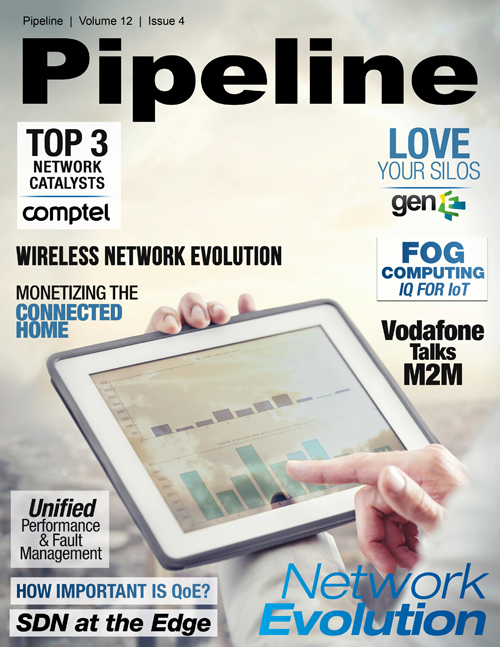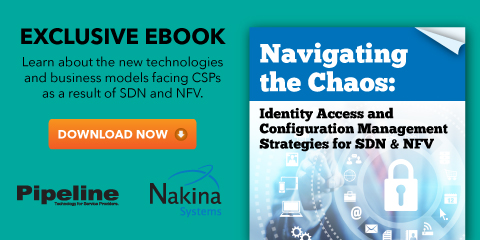Fog Computing: Intelligence for IoT
For IoT devices providing services that execute time-sensitive tasks and rely upon low-latency data processing, fog computing acts as an essential extension of the cloud that supports the performance quality that such devices require. As Gartner research director, Fabrizio Biscotti, observes: “IoT deployments will generate large quantities of data that need to be processed and analyzed in real time. Processing large quantities of IoT data in real time will increase as a proportion of workloads of data centers, leaving providers facing new security, capacity and analytics challenges.”
By absorbing the most demanding strains and passing on the rest, fog computing reinforces the entire IoT infrastructure, from device to fog to cloud. As far as there are infrastructural issues providing reasons to doubt the implementation of a successful IoT future, conceptually, fog computing goes a long way to putting these fears to rest. Among vendors, Cisco is a proponent that has proposed a functional fog computing framework, which would use industrial-strength routers to safeguard the dependability of resources at the fog level. These routers would run open Linux and JVM platforms embedded with Cisco’s own IOS, making it possible to leverage these open platforms in allowing applications to be ported to Cisco’s infrastructure via code supported by an array of different vendors. To achieve the recognized goals of a fog computing design (low latency delivered at the edge, and high-volume traffic stemmed through smart filtering and reduced transmission of just summary and exception information to the cloud level), it falls upon smart gateways at the edge to successfully process or redirect those millions of tasks flying in from the vast constellation of IoT devices they are responsible for.
Fog computing’s success depends on smart network gateways
Those smart gateways will require every bit of resilience they can muster to take on the magnitude of the task at hand, and guarantee the network uptime upon which there will be such a premium. As stated above, downtime is already expensive enough – in a future world permeated by IoT functionality that it takes for granted, any kind of network downtime could be as disabling as a power outage is today. For enterprises of any kind to maintain business continuity and customer loyalty while utilizing IoT solutions, uptime must be kept at the maximum. This can be achieved through the industry’s bag of best tricks: redundant connections with automatic failover, top of the line security, and most importantly, intelligence within the gateway devices that enables them to monitor their environment, power supply and other factors and to automatically deal with common threats to uptime (and wisely send alerts for help when advanced issues arise). At the same time, implementation of these smart gateways, and fog computing for the IoT in the first place, depends upon factors such as rapid deployment, scaling, simplicity of management without extravagant resources, and ultimately cost. These needs can be met by the technology, through smart gateways that feature cost-effective out-of-band access for full control of remote devices when primary connections fail, automated outage detection and recovery, resilient 4G LTE cellular connectivity with 3G failback, military-grade FIPS 140-2 security but, most importantly, the built-in intelligence to recognize and overcome causes of network downtime.
Building an infrastructure that can support an exponential rise in the volume of connected devices is quite the undertaking, but one that can be achieved with fog computing. To realize the countless benefits of the IoT at its full potential, that infrastructure will rely upon the intelligence and steadfastness of devices at the network edge.





















